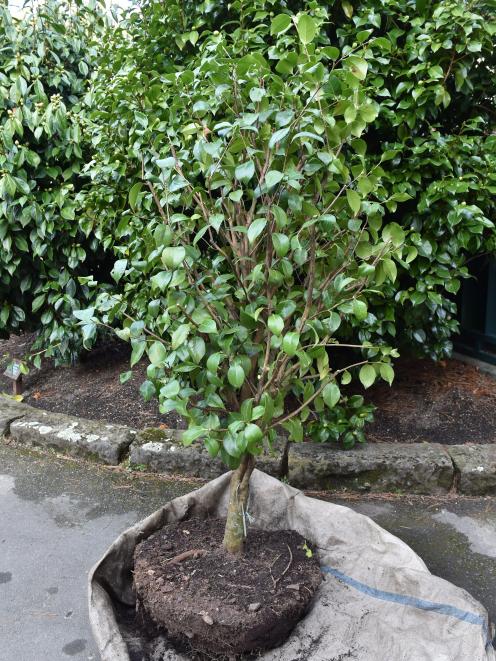
Due to an enthusiasm for collecting, a few areas have become over-crowded and recently the perfect opportunity arose to transplant some to a new border. Adding mature camellias to this new landscape has created an instant garden.
Camellias can be transplanted during dormancy throughout the winter months; now is not too late. Luckily, they are extremely easy to shift successfully due to a relatively shallow and fibrous root system.
First, reduce the plant growth by about half, in balance with the upcoming reduction of the roots and to make the stem easier to reach for digging out.
Using a sharp spade, dig a circular cut once around the camellia to create the size of your root-ball. If your plant root-ball is under half a metre in diameter, it can now be carefully levered up with spades from each side.
For larger plants, a trench is dug outside the original cut to enable access to undercut. Once free of the ground, place the root-ball on sacking for carrying to its new location.
After planting, give a thorough watering and keep watered over the spring and summer if needed.
With good after-care your camellia should flourish over spring and summer and flower the following year.
Garden Life is produced by Dunedin Botanic Garden. For further information contact Marianne Groothuis.










